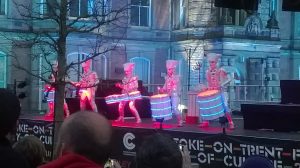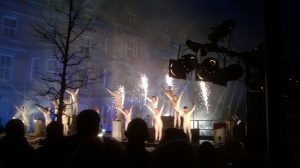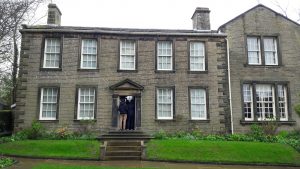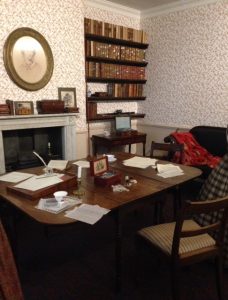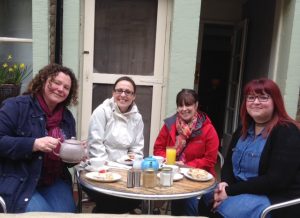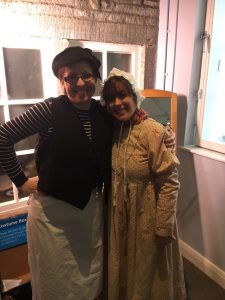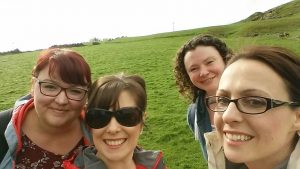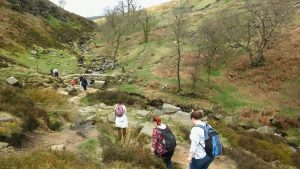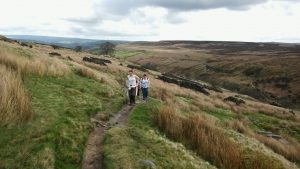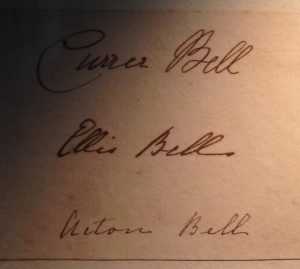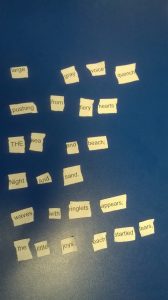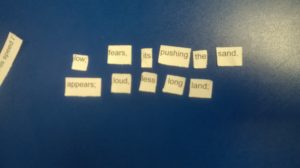On the English and Creative Writing degree at Staffs we are dedicated to demonstrating to our students that the best writers are also well-informed readers. The conventions that shape literature go back to the epics and tragedies of ancient Greece and were first classified by Aristotle, and every student of the creative arts must know what traditions she or he is writing out of or against – whether they are classical drama, the Shakespearean sonnet, or modernist poetry. When we teach the Beat writers of 1950s America, for example, we show our students that Kerouac, Ginsberg, Burroughs and their fellow travellers were not just iconoclasts, tearing down the walls of literature, they were deeply aware of their literary outlaw forebears who had been the rebels of their day.
Colm Tóibín, writing in the Guardian recently, explores similar ground. In exploring evil in the contemporary world, contemplating the Northern Island Troubles and so-called Islamic State, he has reworked the Greek story of Clytemnestra who killed her husband, Agamemnon, to explore the personalities of those capable of great cruelty. One of the characters he struggled with was Clytemnestra’s son, Orestes, who goes on to kill his mother in revenge for his father’s death (the daughter is Electra, so you can see what a dysfunctional family we are dealing with). Tóibín, unable to conjure Orestes’ voice, looked to other male figures in literature capable of murder. “As I went through other novels and some plays, and indeed my own experience and memories, trying to find a shape for Orestes,” he writes, “I looked carefully at the figure of Hyacinth Robinson in Henry James’s novel The Princess Casamassima, who is all passivity and ambiguity. I thought also about Adolf Verloc in Joseph Conrad’s The Secret Agent, and even Hamlet, or Iago, or Macbeth in the immediate aftermath of the murder of Duncan.” Like all great writers, Tóibín is deeply aware of the debt he owes to his literary predecessors, and it is to earlier writers that he turns for inspiration. Iago, Macbeth and Hamlet are written into our cultural DNA and provide touchstones of violence or madness in the pursuit of vengeance or power. James’s and Conrad’s figures are less well known (Kurtz in Heart of Darkness is Conrad’s best-known figure of evil unconstrained by social conscience), and are more recent examples of the inquisitive reader finding raw material in the wealth of our literary inheritance.
To encourage writers and analysts to locate their creative and critical practice in relation to recent literature we have, here at Staffordshire University, recently introduced a brand new Distance Learning MA in Modern and Contemporary Writing. This innovative post grad degree will introduce students to key writers, texts, compositional methods, literary movements and critical perspectives of the twentieth and twenty first centuries. The modules are arranged around key thematic and narrative concerns, paradigmatic shifts in American writing, global writing, and emergent theoretical and critical perspectives, such as eco-criticism. Uniquely, the assignments allow students to explore critical or creative approaches to the literatures of the nineteenth, twentieth and twenty first centuries. As a result, this MA will help students develop as critics, or creative writers, or both. All students take the dissertation or creative project module at the end of their studies. If you take the creative project, you will be supported by the Writers’ Workshop module to prepare you for the task ahead and to give you the opportunity to produce a very substantial piece of creative work. English dissertation students can use the Contemporary Critical Approaches module to identify and explore the critical or theoretical perspectives they wish to employ in their research project.
Because it is Distance Learning, students can organise their studies around their other commitments.

